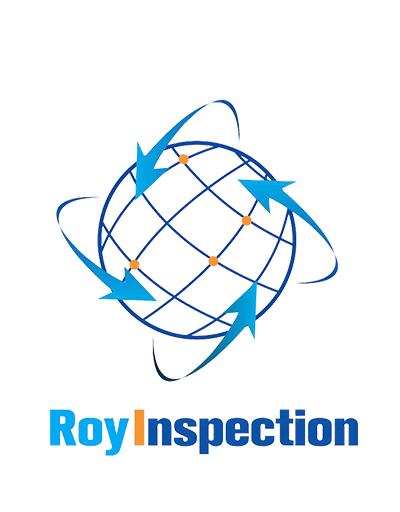The Importance of Footwear Inspection for Your SafetyFootwear inspection is not just an act of compliance but is an essential practice that ensures the safety and well-being of employees in various industries. Whether you are wearing non-slip shoes for restaurants or steel-toed boots in construction sites, conducting regular inspections can help prevent accidents, injuries, and even fatalities. In this article, we will discuss the importance of footwear inspection and why it should be a part of your safety culture.The Risks of Wearing Damaged ShoesIgnoring damaged or worn-out footwear poses several risks that can lead to injuries. For instance, shoes with punctured or worn-out soles can cause slips and falls, while shoes with damaged laces or closure mechanisms can lead to tripping. Similarly, shoes without proper support and cushioning can cause discomfort and soreness, making employees susceptible to musculoskeletal disorders.The Importance of Regular Footwear InspectionTo ensure that shoes in the workplace are in good condition and free from damage, regular inspections should be conducted. These inspections can help identify and address any issues before they become a hazard. For maximum effectiveness, inspections should be conducted at least once a month or after any incidents that may potentially damage footwear.What to Look for During Footwear InspectionDuring a footwear inspection, you should look for any visible signs of damage, including but not limited to:Worn-out solesPunctured or damaged solesWorn-out heelsDamaged laces or closure mechanismsCracks in the leather or other materialsOut-of-shape or bulging toe capsWhat to Do When Footwear is DamagedWhen damaged footwear is identified during an inspection, immediate action should be taken. Depending on the type and extent of the damage, this may include repair, replacement, or disposal. In cases where a replacement is necessary, it is important to ensure that new footwear meets the appropriate safety standards and fits properly.Training on Footwear InspectionEmployees should also receive proper training on how to conduct footwear inspections and what to look for. This training should also cover the importance of reporting any damaged footwear to their supervisors immediately and what to do in case of a workplace incident. By empowering employees with this knowledge, it can help foster a safety culture in the workplace.Why You Should Consider OSHA Guidelines for Footwear InspectionThe Occupational Safety and Health Administration (OSHA) has established guidelines for footwear inspections in several industries. By implementing these guidelines, your organization can ensure that your footwear inspection program is both effective and compliant. This can help you avoid costly fines and penalties and improve your overall safety record.Benefits of Conducting Regular Footwear InspectionThe benefits of conducting regular footwear inspections include:Improved safetyReduced risk of workplace incidentsBetter employee comfort and productivityEnhanced compliance with safety regulationsLower risk of workers' compensation claims and associated costsConclusionFootwear inspection is an essential part of workplace safety. By conducting regular inspections, you can identify and address potential hazards before they cause injuries or fatalities. It can also help improve your organization's compliance with safety regulations and reduce associated costs. Through proper training and implementation of OSHA guidelines, you can create a safety culture where employees feel empowered and protected.Quote InquiryContact Us Now!










